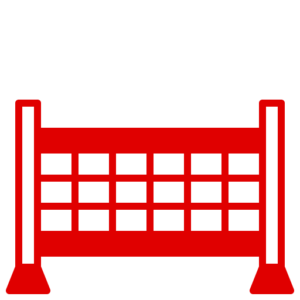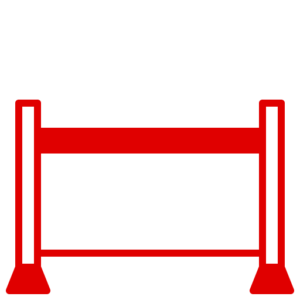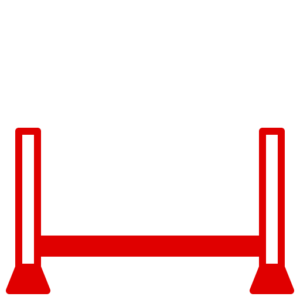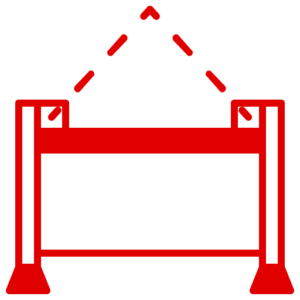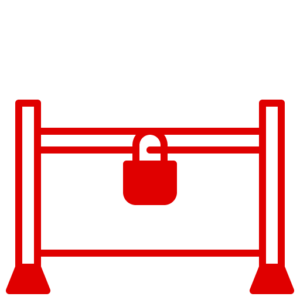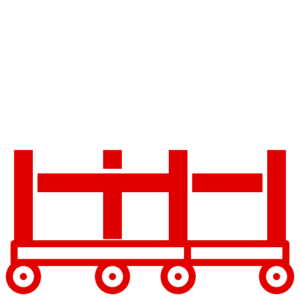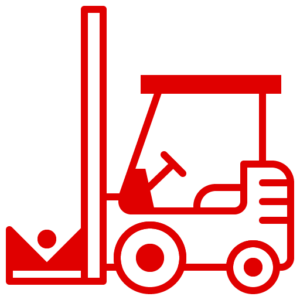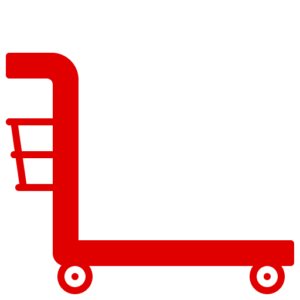News
Stillages in Lifting Operations: Assessing Risks through a LOLER Lens
Understanding and mitigating risks in any work environment is the cornerstone of maintaining safety and efficiency. At Lowe Stillages and Cages, we’re committed to ensuring that our customers have the tools and knowledge necessary to adhere to safety regulations, particularly the Lifting Operations and Lifting Equipment Regulations (LOLER). In this blog post, we outline five essential steps for assessing the risks associated with using stillages in lifting operations under LOLER.
Identifying Potential Hazards
The first step to any risk assessment involves identifying potential hazards. This step is no different when evaluating the use of stillages in lifting operations. Factors such as improper stacking, overloading, inadequate securing, instability, or environmental conditions can pose significant risks. By identifying these potential hazards early, you’re better positioned to develop strategies to mitigate them.
Evaluating the Work Environment
The environment where stillages are used can significantly impact the level of risk involved. Factors such as floor conditions, space limitations, obstacles, or potential interactions with other equipment or personnel should be considered. An environment that is not conducive to safe lifting operations can increase the risk of accidents, making this assessment vital.
Considering Task-specific Risks
Each lifting task has its unique risks, and these should be considered as part of the assessment. Factors such as the size and weight of loads, lifting heights, required manoeuvrability, and frequency of operations can all introduce specific risks. Evaluating these task-specific risks provides a comprehensive understanding of the potential challenges and dangers involved in lifting operations with stillages.
Involving Competent Personnel
Risk assessment should not be a solitary task. Involving competent personnel such as health and safety professionals or experienced lifting equipment operators can greatly enhance the assessment process. These individuals bring valuable expertise and insights, helping identify and evaluate risks specific to stillage lifting operations.
Implementing Control Measures
Once potential risks have been identified and evaluated, the next step involves implementing control measures to mitigate these risks. This could involve a range of measures including proper training and supervision of operators, use of appropriate lifting equipment, clear communication protocols, safe stacking and securing practices, and strict adherence to LOLER regulations and industry best practices.
By adhering to these steps, you can conduct a thorough risk assessment for the use of stillages in lifting operations, ensuring compliance with LOLER regulations. This proactive approach not only minimises risks but also creates a safer, more efficient work environment. At Lowe Stillages and Cages, we’re committed to empowering our clients with the knowledge and tools to make their lifting operations as safe and efficient as possible.

